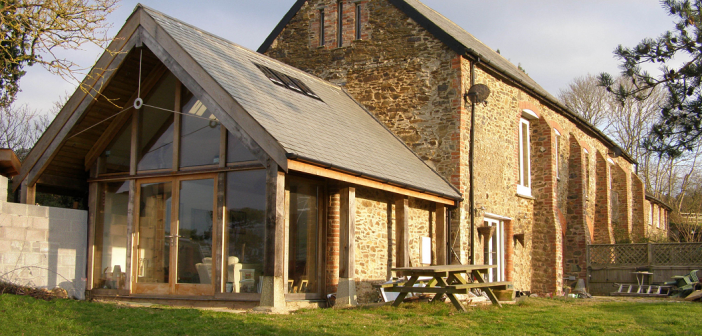Whenever you want your house to be inspected, it’s not a must that you call the professional home inspector. You can do the inspection yourself and save some money. The good thing about you doing it is that you will be more attentive and things will likely not go wrong. You should have the checklist, have gloves on, and carry a flashlight, and flathead and head screwdrivers. The places you should check are the basement, living spaces, and the attic. Here are seven tips to inspect your own home like a home inspector.
1. Check for Rotted Wood
Check the attic, the crawl-space or cellar, and the exterior for rotting wood. These three places are where wood rots the most, and it’s easy to find and fix. Failure to do so can become catastrophic.
Check if there are soft spots on the wood which may mean the wood is rotting. If the floor above is sagging, that could be another indication. Also, check for rippled or bubbling paint and if you find rotted wood, fix it immediately.
2. Check the Gutters and the Roof
If you have flown city to city, you probably don’t fear heights. However, when you climb to the roof of your house, ensure you are secure. It’s a good practice to check what is not right with the top region of your house.
Make sure that you sweep or blow all the top layer like dry rotting leaves from the roof and ensure that the roof is not sinking. Also, have a look at the gutters and ensure they are rust-free and empty. Make sure that the gutters are attached to pipes that direct water away from the walls.
3. Take a Look at the Holey Joists
The floor joist’s strength can be weakened by a poorly done and placed drill holes or wire and pipe duct. Even though the best joists depend on the manufacturer, there are some ways you can stay safer by following a set of instructions.
If you have been wondering how to become a home inspector, you can start by learning the following instructions. First, don’t drill holes and notches on the joist. Big holes can be okay in the center, but don’t drill them on the ends. The holes should be at least 2 inches.
4. Inspect the Pipes for Leaks
A damaged pipe can damage your house. Visit all piped regions in your house and inspect every single pipe to make sure it’s not damaged. Check the popes beneath the sinks, behind faucets to make sure they are up to the standards and are not leaking.
If you have pipes in the crawlspace or basement, check them as well. Check them thoroughly before you put the home on sale.
5. Go Around the Foundation
Some house foundations develop cracks, and it’s something you should never ignore. However, it’s not something to panic about. Those hairline cracks in a poured or block concrete foundation may be a sign of moving ground.
If you notice the cracks are horizontal or vertical, or they are growing, it’s time to grab your phone and call a professional.
6. Check the Sinkholes and Other Outdoor Threats
Chop tree branches that are hanging over your roof, and if your sinkholes block whenever it rains, it’s about time you should clean them. Don’t forget to check the septic tank as well. Go around the fence and repair damages if any.
There could also be some holes made by wild animals. They are easy to see and fix.
7. Inspect the Wiring
Unskilled electricians know how to make it light but aren’t neat in most of the cases. A spliced wiring outside your electric box is a sure sign that you hired an unskilled electrician.
If you find such, then it means the wires hidden in the walls were done poorly too.
Conclusion
Hiring a professional home inspector is vital, but why do that when you can inspect your house yourself? Follow the tips above and do it like a pro!




